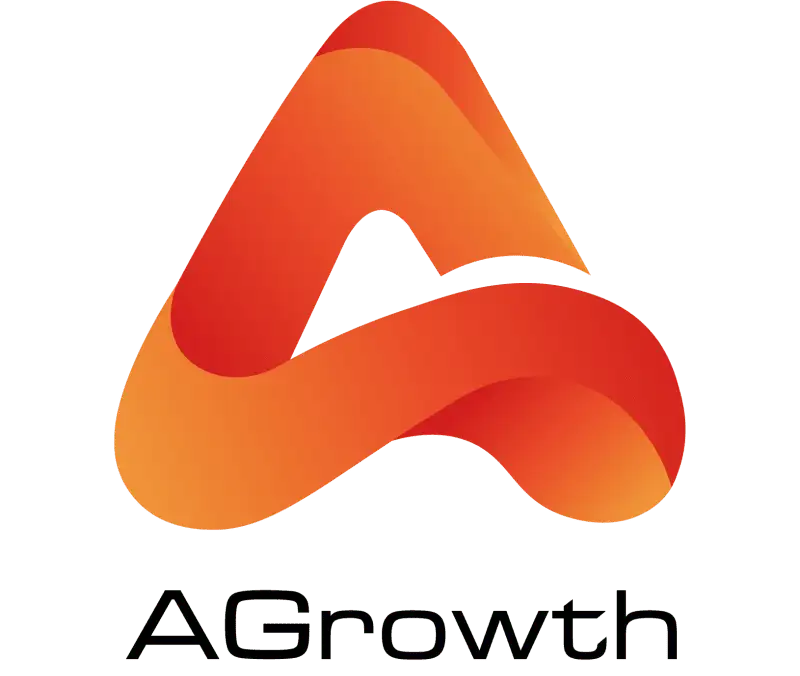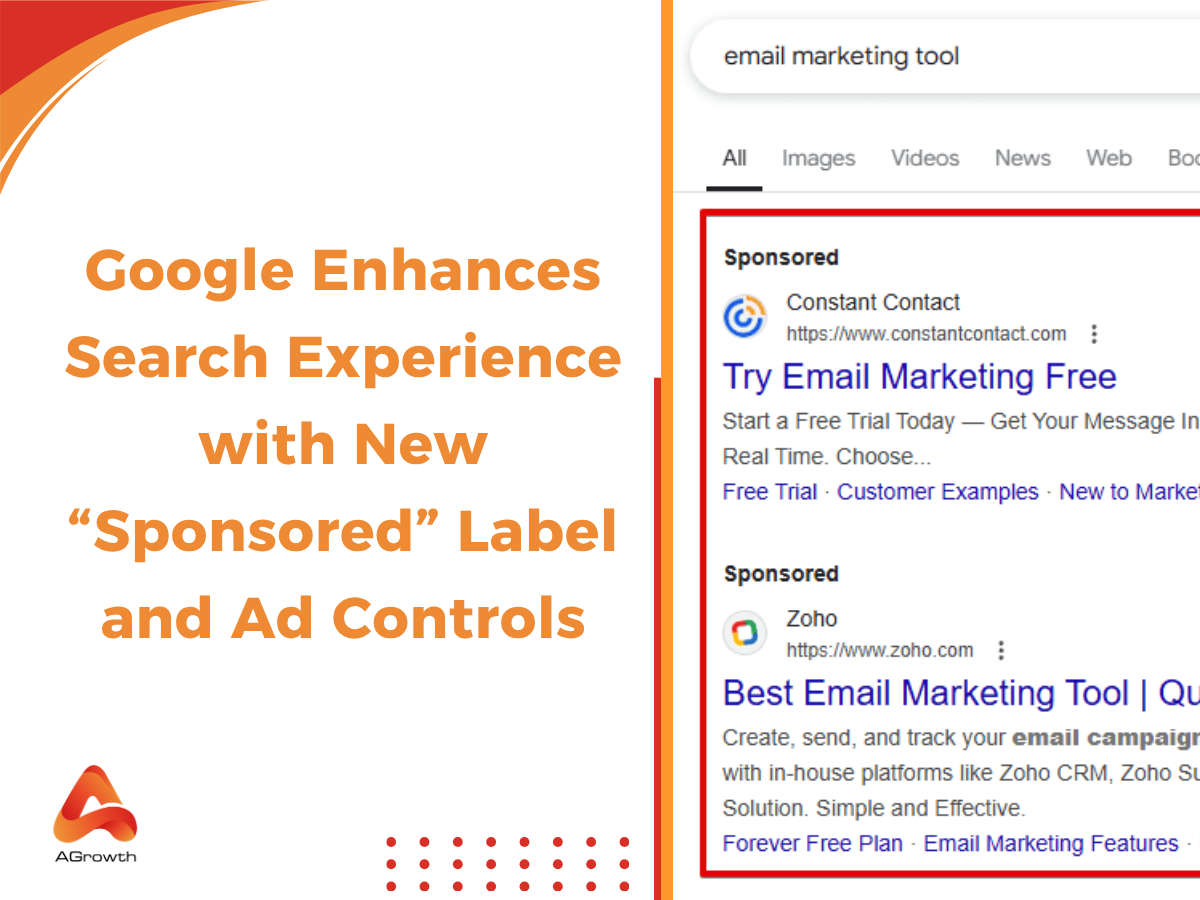
Table of Contents
Mastering Google Ads ROAS: A Strategic Guide for Marketers
You can present a report filled with impressive metrics—sky-high click-through rates, a cost-per-acquisition well below target, and a conversion volume that's steadily climbing. Your campaign is, by all technical measures, a success. But then comes the one question: "For every pound we're putting into this, what's the return?"
This is the moment where vanity metrics fade and business impact takes center stage. The answer isn't found in your CPA or CTR; it's found in your Return on Ad Spend (ROAS). ROAS is the ultimate litmus test for your advertising, translating campaign performance into the language of revenue. This guide is designed for marketers who are ready to answer that question with confidence, providing the tools to measure, analyze, and strategically maximize the revenue generated from every single ad dollar.
What is Google Ads ROAS?
ROAS stands for Return on Ad Spend. It is a marketing metric that measures the amount of revenue your business earns for each dollar it spends on advertising. For every pound, dollar, or euro you invest in a Google Ads campaign, ROAS tells you how much you get back in gross sales. It is the fundamental measure of your advertising's revenue-generating efficiency.
This focus on gross revenue is what makes ROAS fundamentally different from its financial cousin, Return on Investment (ROI). While ROAS is concerned with the revenue generated by your ads, ROI looks at the profit generated after accounting for all costs, including ad spend and the cost of goods sold (COGS).
To understand the complete picture of profitability, explore our in-depth analysis of Google Ads ROI.
The ROAS Formula Explained
Calculating ROAS is straightforward, but its power lies in the accuracy of the data you feed into it. A precise calculation is the foundation for all subsequent optimization efforts.
The formula is elegantly simple:
ROAS = (Total Revenue from Advertising / Total Ad Spend) x 100%
Let's break down each component and illustrate with a detailed example.
-
Total Revenue from Advertising (or Conversion Value): This is the total monetary value of the conversions attributed to your Google Ads campaigns. For an e-commerce store, this is the total value of all sales. For lead generation, this requires assigning a monetary value to each lead.
-
Total Ad Spend: This is simply the total amount of money you spent on your Google Ads campaigns over a specific period.
Detailed Example:
Imagine you run an online store for high-end coffee equipment. In May, you ran a Google Shopping campaign with the following results:
-
Total Ad Spend: £2,500
-
The campaign generated 50 sales.
-
The total revenue from these 50 sales was £10,000.
Using the formula:
ROAS = (£10,000 Revenue / £2,500 Ad Spend) x 100% = 400%
This can also be expressed as a ratio: 4:1. For every £1 you spent on ads, you generated £4 in revenue. This simple, powerful figure tells you instantly that your advertising is effectively driving sales.
What Is a Good ROAS?
There is no universal benchmark for a “good” ROAS. The ideal ratio depends on your business model, profit margins, and growth goals. For example:
-
E-commerce brands with low margins might aim for a 4:1 ratio (spend $1 to generate $4 revenue).
-
High-ticket services may consider a 2:1 ratio healthy if customer acquisition costs are high, but the lifetime value justifies it.
-
Subscription businesses often accept a lower short-term ROAS if they can recoup costs through renewals.
Industry reports from Google and marketing research suggest that the average across accounts hovers around 200%–400% (2:1 to 4:1), but chasing “average” is misleading. What matters is whether your ROAS exceeds your break-even threshold and aligns with your scaling strategy.
For a deeper look at performance metrics across various industries, check out our comprehensive guide to Google Ads Benchmarks.
What Factors Influence Google Ads ROAS?
Several variables can make your ROAS higher or lower than expected:
1. Industry and Competition
Competitive verticals like legal, finance, or insurance face sky-high CPCs, which can suppress ROAS unless pricing power is strong. Niche products with less competition may naturally achieve higher ROAS. Understanding the key factors that determine your total Google Ads cost is the first step toward effectively controlling spend and maximizing profitability.
2. Ad Quality and Relevance
Strong ad copy, engaging creative, and precise keyword targeting increase click-through rates, which improves Quality Score. Higher Quality Scores reduce CPC and can lift ROAS.
3. Conversion Rate Optimization (CRO)
Even the best ad won’t pay off if your landing page leaks conversions. Streamlined UX, fast page load times, and clear CTAs can significantly boost ROAS.
4. Audience Targeting
Poorly defined targeting spreads the budget thin. Advanced segmentation (in-market, remarketing lists, custom intent) ensures impressions reach people more likely to convert profitably.
5. Average Order Value (AOV)
A small improvement in AOV—through upsells, bundles, or free-shipping thresholds—directly lifts ROAS without increasing ad spend.
6. Attribution Models
Last-click attribution may underreport the impact of awareness campaigns. Multi-touch attribution provides a more realistic picture of how ads contribute to revenue.
How to Improve ROAS in Google Ads
Improving your ROAS boils down to manipulating the two levers in its formula: increasing revenue or decreasing ad spend, all while maintaining or growing conversion volume. This balancing act is the very essence of effective Google Ads budget optimization. Here are actionable strategies to achieve it.
Sharpen Your Targeting
Audience Segmentation: Don't treat all users the same. Increase bids for high-value audiences like past purchasers, cart abandoners, or users in high-income demographics.
Aggressive Negative Keywords: Use the Search Terms report relentlessly. Every irrelevant search query you add as a negative keyword is money saved that can be reallocated to terms that drive revenue.
Beyond eliminating waste from poor targeting, another significant drain on your budget comes from invalid clicks and Google Ads fraud, which can silently destroy your ROAS.
Embrace Smart Bidding with Target ROAS
Google's Target ROAS (tROAS) bidding strategy is designed specifically for this goal. By feeding it accurate conversion value data, you allow its machine learning algorithms to automatically set bids in real-time to achieve your desired average ROAS.
Optimize Ad Creative
Focus on Value, Not Just Clicks: Your ad copy should speak to high-intent users. Include pricing, promotions, and unique selling propositions that attract users ready to buy, not just browse.
Leverage Responsive Search Ads (RSAs): Provide Google with a wide array of headlines and descriptions. Its system will test combinations to find the ones that not only get clicks but also lead to high-value conversions.
Perfect the Landing Page Experience:
Align with Intent: The message on your landing page must be a seamless continuation of the promise made in your ad. Any disconnect will crush your conversion rate.
Optimize for Conversions: Ensure your page loads quickly, has a clear call-to-action, and makes the checkout or lead submission process as frictionless as possible.
Target ROAS Bidding Strategy in Google Ads
The Target ROAS (tROAS) bidding strategy deserves a closer look, as it's one of the most powerful tools in Google's arsenal for maximizing revenue efficiency. However, it is just one of many powerful tools available. To choose the right approach for your goals, it is essential to understand the full landscape of Google Ads bidding strategies.
How It Works
tROAS uses advanced machine learning to predict the potential conversion value of every single ad auction. It analyzes a vast range of real-time signals—such as device, location, time of day, remarketing lists, and browser—to determine the optimal bid for that specific user. If a user seems more likely to make a large purchase, it will bid higher; if the user seems less valuable, it will bid lower or not at all.
Advantages:
-
Auction-Time Bidding: Unmatched real-time optimization.
-
Efficiency: Automates a highly complex bidding process, saving you time.
-
Performance: Directly optimizes for your primary revenue goal.
Limitations:
-
Data-Hungry: It requires a significant amount of historical conversion data to work effectively (Google recommends at least 15 conversions in the last 30 days, but more is better).
-
Learning Period: There's an initial "learning phase" where performance can fluctuate.
-
Can Limit Volume: If you set your target ROAS too high, Google may severely restrict your ad impressions to only the most likely high-value converters, potentially reducing your overall sales volume.

Common Mistakes Marketers Make with ROAS
Even experienced marketers can fall into traps when optimizing for ROAS. Avoiding these common mistakes can be just as impactful as implementing new strategies.
1. Not Aligning Campaign Goals With Business Objectives
One of the most overlooked mistakes is launching campaigns without linking them to the broader business strategy. Many advertisers run ads simply to get traffic or impressions without clearly defining how these metrics tie into revenue growth.
-
Example: Running a campaign optimized for clicks (CPC) when your true goal is purchase leads to high traffic but low sales.
-
Impact on ROAS: Spend keeps rising, but because conversions are not prioritized, revenue doesn’t keep pace.
Always start with clear business objectives (e.g., sales, subscriptions, or high-value leads) and ensure campaign optimization settings in Google Ads align with those objectives.
2. Overvaluing Click-Through Rate (CTR) and Ignoring Conversions
It’s common to obsess over CTR because it shows whether ads are being noticed. However, a high CTR doesn’t always mean quality clicks. If those users don’t convert, the ad spend is wasted.
-
Example: A catchy ad headline might generate lots of curiosity clicks, but if the landing page doesn’t match user intent, conversions will be poor.
-
Impact on ROAS: Revenue lags behind ad costs, creating a misleading sense of success.
Shift focus from CTR to conversion rate (CVR) and revenue per click. Use conversion tracking to measure true ad effectiveness.
3. Ignoring Audience Targeting and Segmentation
Casting too wide a net is another common issue. Advertisers sometimes target broad demographics or generic keywords to maximize reach, but this dilutes campaign efficiency.
-
Example: Targeting “shoes” instead of “women’s running shoes under $100” attracts irrelevant traffic.
-
Impact on ROAS: Broad targeting drives up costs while lowering conversion quality.
Use precise targeting, leverage custom audiences, and refine keywords with negative keyword lists. High-intent traffic will always deliver better ROAS.
4. Neglecting Landing Page Experience
Even if ads are well-targeted, a poor landing page kills conversions. Slow load times, confusing navigation, or irrelevant content quickly push users away.
-
Example: An ad promotes free shipping, but the landing page doesn’t highlight this offer.
-
Impact on ROAS: Ad spend generates clicks but fails to convert, lowering overall efficiency.
Align ad messaging with landing page content, improve mobile responsiveness, and streamline checkout processes.
5. Not Factoring in Customer Lifetime Value (CLV)
A short-term mindset—looking only at immediate purchase revenue—can underestimate ROAS potential. If customers return for repeat purchases, the actual ROAS is higher than initial calculations suggest.
-
Example: Subscription businesses that count only the first month’s payment instead of the annual subscription value misjudge campaign effectiveness.
-
Impact on ROAS: Campaigns may look unprofitable on paper when they are actually profitable in the long run.
Incorporate CLV into ROAS calculations to understand the full impact of ad spend.
6. Overlooking Hidden Costs
Many businesses calculate ROAS using only ad spend and revenue, but fail to account for hidden costs such as shipping, returns, payment processing fees, or sales commissions.
-
Example: An ecommerce store sees $10,000 in sales from $2,500 ad spend (4x ROAS), but after returns and logistics, net profit is much lower.
-
Impact on ROAS: Inflated numbers give a false sense of profitability.
Adjust ROAS calculations to reflect net revenue instead of gross sales.
7. Failing to Test and Optimize Creatives
Running the same ad creatives for too long causes ad fatigue. Users start ignoring the ads, and performance declines.
-
Example: Using a single static image across all campaigns without testing different formats or messaging.
-
Impact on ROAS: Declining engagement leads to higher CPCs and fewer conversions.
Continuously A/B test creatives—headlines, visuals, CTAs—and rotate them regularly to maintain freshness.
8. Poor Use of Automated Bidding Strategies
While Google’s automated bidding tools (like Target ROAS or Maximize Conversions) can be powerful, relying on them blindly without proper data can backfire.
-
Example: Setting Target ROAS too high with insufficient historical conversion data can restrict campaign reach.
-
Impact on ROAS: The system struggles to optimize, leading to missed opportunities and wasted spend.
Use automated bidding only after campaigns collect enough conversion data, and monitor performance closely.
Should You Hire a Google Ads Agency to Maximize ROAS?
While expert strategy is crucial for maximizing ROAS, even the best tactics can fail if they're built on an unstable foundation. Frequent account suspensions and campaign interruptions directly harm performance, wasting budget and destroying your ROAS.
Instead of (or in addition to) hiring a full-service agency, many experienced advertisers first ensure their account infrastructure is robust.
For a stable and high-quality advertising foundation, consider AGrowth's Google ad account rental service. We provide trusted accounts that allow you to focus on what you do best: running profitable campaigns and maximizing your ROAS.









Your comment